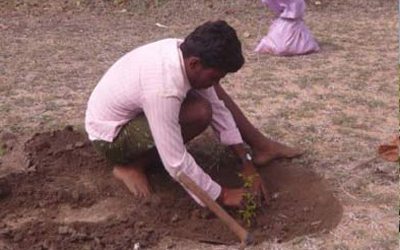
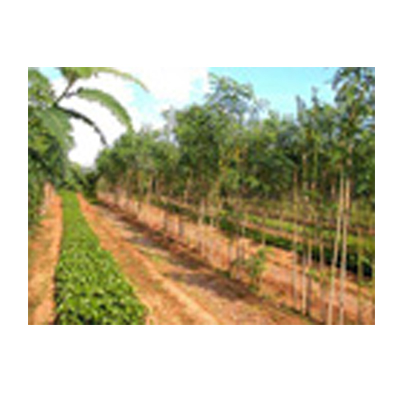
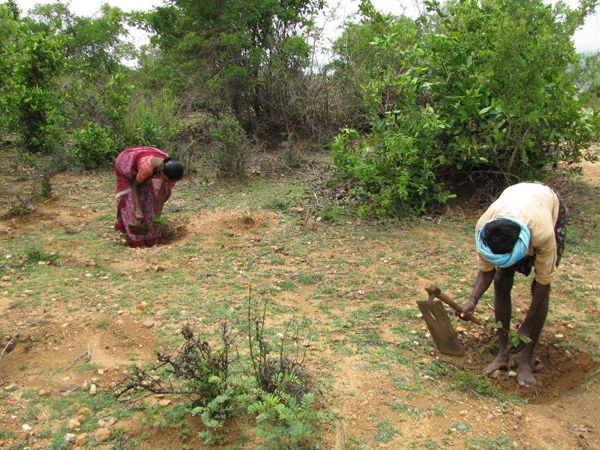
.jpg)
(1).jpg)
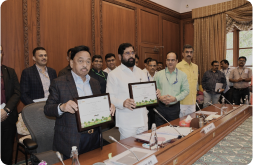
(1).jpg)
.jpg)
.jpg)
.jpg)
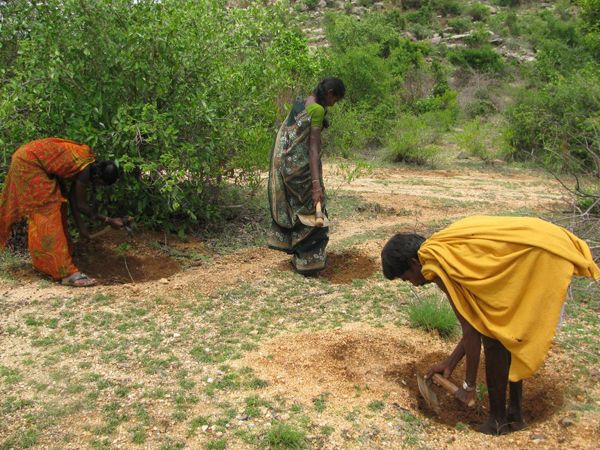
Project Target
0% Remaining
140,070
Trees Planted out of 140,070 Trees

Project Location:
Plantation of 140,070 tree project area on community lands on the lower catchments of the Papagni river basin that is spread across the two semi-arid districts of Chittoor in Southern Andhra Pradesh, Madanapalle, Andhra Pradesh, India.
Project Aim
Trees provide a stable source of income for the people of the villages residing on the periphery of forests, as they provide NTFPs that are put to domestic and commercial use by the forest-dependent communities. (The Role of Non-Timber Forest Products in Creating Incentives for Forest Conservation: A Case Study of Phnom Prich Wildlife Sanctuary, Cambodia by Phanith Chou). The article also mentions that trees when certain regulations like preventing the people from the extraction of products till a certain age or prevention of grazing, makes the plantation sustainable. Trees will regenerate and will continue to generate the resources thus providing the community with a steady source of income. The plantation of trees will regulate the environment around it purifying the water bodies, conserving the soil and providing a healthy habitat for the aquatic life. Plantation of local mixed species will help preserve the natural vegetation and gene bank of the region(ENVIRONMENTAL SERVICES AND PRODUCTIVITY OF NATIVE SPECIES PLANTATIONS IN CENTRAL AMERICA, by Florencia Montagnini, Daniel Piotto and Luis Ugalde) Trees, forests and water: Cool insights for a hot world, by David Ellison et al. speaks of the role of trees in global warming, and it's related effects.
Teak(Tectona grandis), Custard Apple(Annona reticulata), Velaga(Limonia acidissima), Neem(Azadhirachta indica), Maddi(Terminalia arjuna) And Pongamia(Millettia pinnata).
The project has so far provided over 11,000 workdays of jobs to the rural community, mainly to women. Locals are getting a scope of earning from wages and are encouraged for the upkeep of the saplings. Due to the involvement in the plantation process, the beneficiaries are now aware of the upkeep of the flora and fauna of the region. There is a localised presence of birds specifically in the plantation areas such as Common Tailorbird, Red-vented Bulbul, Purple-rumped Sunbird etc. There is an increase in the sightings of animals such as Hare, Wild Boar, Four-horned Antelope and Sloth Bear.
| Name of the Company | Number of Trees Adopted | Year |
| SBI Life Insurance | 38,000 trees | FY 2015-16 |
Social Impact of Growing Trees
Community Engagement
Tree planting initiatives often involve local communities, which can lead to greater community cohesion.
Ecological Education
Provides opportunities for community members, especially children, about the importance of environmental sustainability.
Urban Beautification
Trees contribute to the aesthetic enhancement of urban areas, making cities more pleasant and liveable.
Climate Resilience
By improving green cover, tree planting helps make communities more resilient against climate impacts like heatwaves.
Employment Creation
Planting trees creates employment for local community members like planting and maintenance, administrative roles, and more long-term jobs in management.
Wildlife Habitat
Trees provide critical habitats for various species of wildlife. Enhancing tree cover helps preserve biodiversity, which can be an ecological boon for local communities
Copyrights @ 2025 All rights Reserved by Grow-Trees